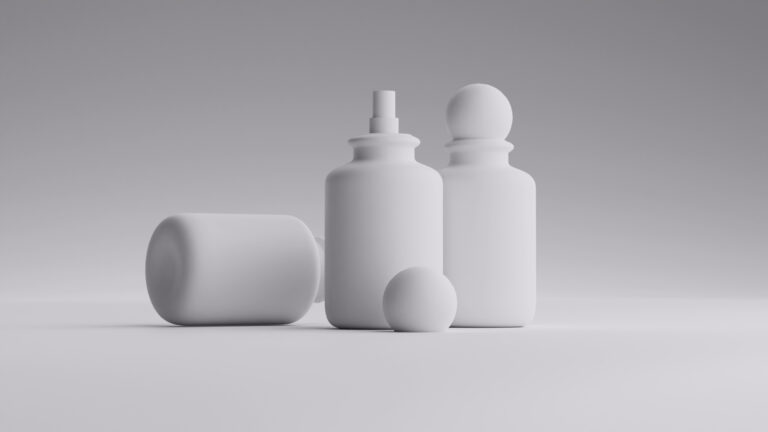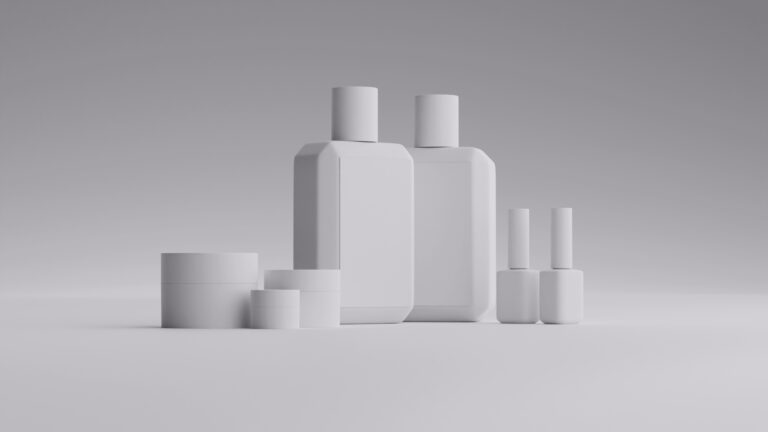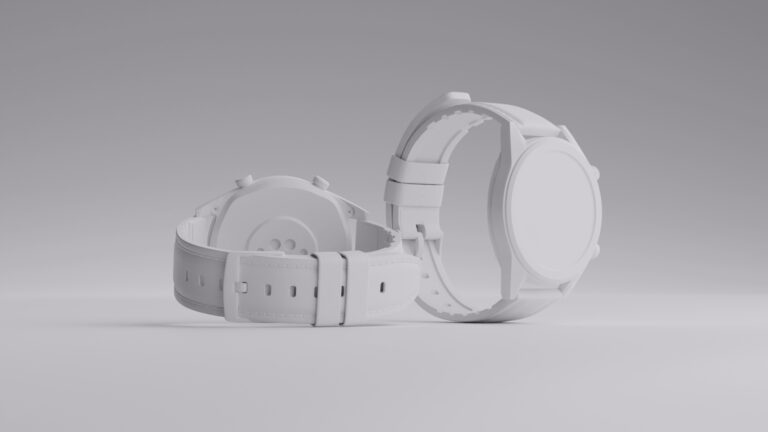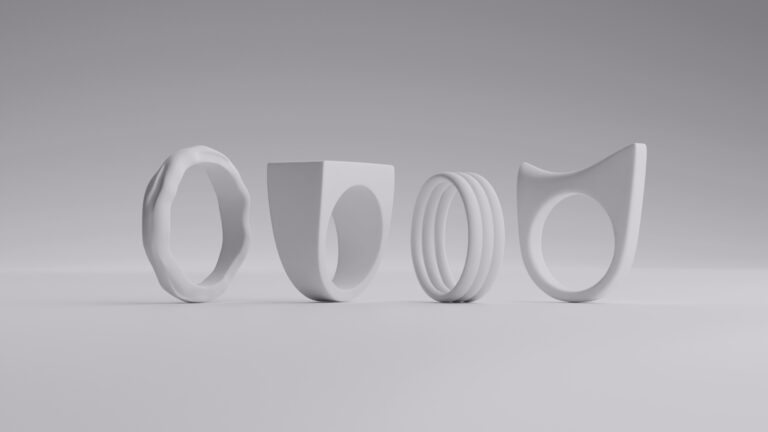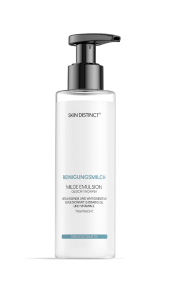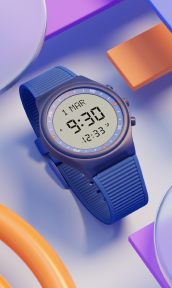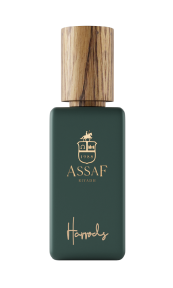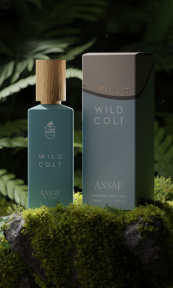Photoshop is still the big name everyone knows. But not everyone needs all those advanced tools, hefty subscriptions, or the learning curve that comes with Adobe’s flagship. Maybe you’re just touching up product photos for your online store, designing graphics for your brand, or creating fun edits for your socials. Or maybe you’re a professional ready to cut ties with Adobe altogether.
Either way, the market in 2025 is full of powerful Photoshop alternatives. Some are perfect for quick online edits, others are nearly as powerful as Photoshop itself, without draining your wallet. Let’s dive into the five best Photoshop alternatives in 2025 to help you pick the right fit for your business or creative goals.
Affinity Photo

Affinity Photo is often called the Photoshop killer, and it’s earned that name. Designed by Serif, this software packs serious editing power.
One reason people love Affinity Photo is its professional-grade features. It offers RAW editing, unlimited layers, HDR merging, panorama stitching, and a suite of retouching tools. In blind comparisons, many photographers can’t even tell the difference between edits done in Photoshop versus Affinity. For evidence, look at thousands of reviews on TrustPilot and photography forums praising its one-time payment model and robust toolset.
That matters because Affinity Photo is a full Photoshop substitute. It’s ideal for graphic designers, photographers, and digital artists who need advanced control without a monthly fee. You buy it once for around $75 (or $20 for iPad), and updates are free. No subscriptions, no surprises – just a powerful program sitting on your machine.
Another thing that makes Affinity stand out is speed. Photoshop has a reputation for slowing down older computers, but Affinity Photo runs smoothly even on mid-range hardware. Reviews on Reddit and TechRadar often highlight how quick its RAW processing is compared to Adobe. That can save you hours if you edit dozens of images at a time.
Finally, Affinity Photo is available on Mac, Windows, and iPad. Its iPad version is not just a watered-down app – it’s the full software with touch optimization. Digital artists and photographers on the go praise it for giving them near-desktop editing power from their tablet.
Overall, if you want a Photoshop alternative that’s just as strong, faster in many cases, and infinitely cheaper in the long run, Affinity Photo is a no-brainer.
GIMP

GIMP (GNU Image Manipulation Program) has been around for decades, and in 2025, it’s stronger than ever. Best part? It’s completely free.
One of GIMP’s biggest advantages is that it’s open-source. That means developers around the world constantly create new plugins, brushes, and features to expand its capabilities. If you’re technically inclined, you can customize it deeply. For proof, just browse GitHub or the GIMP Plugin Registry – from professional retouching packs to AI-based smoothing tools, the community adds new options every month.
However, GIMP’s interface isn’t as polished as Photoshop or Affinity Photo. New users often feel overwhelmed by its layout. But once you spend a few hours with it, it becomes intuitive. Many online tutorials and YouTube creators now teach GIMP as a Photoshop alternative for beginners, thanks to its zero cost and compatibility with PSD files.
GIMP runs on Windows, Mac, and Linux, making it a top photo editor 2025 for creatives working on alternative operating systems. Its compatibility with Photoshop brushes (ABR) and files (PSD) is another huge plus if you’re transitioning away from Adobe.
The final point? GIMP is powerful enough for complex projects. It supports layers, masks, advanced filters, and even vector tools for graphic design. Some professional photographers use GIMP exclusively for their retouching workflow, especially when paired with RAW processing software like Darktable.
If you’re looking for a completely free Photoshop substitute that gives you near-professional power without locking you into subscriptions or accounts, GIMP remains an unbeatable choice in 2025.
Photopea

If you want a Photoshop alternative online that works directly in your browser, Photopea is your best bet. Think of it as Photoshop Lite, but surprisingly close to the real thing.
The first thing you notice about Photopea is its interface. It looks and feels almost identical to Photoshop, with similar toolbars, layers panel, and menus. That makes it an easy transition if you’re used to Adobe’s layout. And the proof is in the pudding: it has over 10 million monthly users, according to their official site, and countless YouTube tutorials position it as the go-to for quick Photoshop-like editing online.
One of Photopea’s best features is compatibility. It supports PSD, XD, Sketch, XCF, and CDR files, along with standard JPG, PNG, and SVG. For people working across design teams or switching between software, this is invaluable. You can open a layered PSD, tweak it, and save it again without leaving your browser.
Another major benefit is accessibility. Because Photopea runs entirely online, you can use it on any device with an internet connection: Windows, Mac, Linux, or even Chromebooks. Students, freelancers, and ecommerce owners love it because it doesn’t require installation, updates, or powerful hardware.
Finally, Photopea offers a free version with ads or an affordable premium plan starting at around $10/month to remove ads and support development. If you only need basic retouching or graphic design, the free tier is often enough.
In summary, Photopea is the best Photoshop alternative online in 2025 for fast edits, cross-platform compatibility, and an interface that feels like home.
Canva

You’ve probably heard of Canva for social media graphics, but in 2025, it’s become a surprisingly strong Photoshop substitute, especially for marketing and branding tasks.
The magic of Canva lies in its simplicity. You don’t need to learn layer masking or blend modes to create stunning visuals. It’s packed with drag-and-drop templates, pre-made design elements, and AI-powered features like Magic Eraser and Magic Resize. For evidence, Canva’s official user data shows over 135 million monthly users globally, with a massive surge among small business owners and entrepreneurs.
Canva works entirely online with apps for iOS, Android, Mac, and Windows. Its cloud storage keeps your designs synced everywhere, which is ideal if you design on the go. For busy ecommerce brands, this means your product graphics, ads, and social posts are always at your fingertips.
Another huge plus is team collaboration. Canva Pro allows shared brand kits, templating, and approvals, streamlining workflow across marketing teams. Compared to Photoshop, which often requires additional cloud storage subscriptions and workarounds, Canva makes collaboration seamless.
Finally, Canva’s pricing is accessible. The free version is powerful, but Canva Pro unlocks brand kits, premium elements, and AI tools for around $120 per year. For businesses focused on quick, polished graphics rather than detailed photo editing, it’s worth every penny.
Overall, Canva is the best Photoshop alternative for beginners or anyone focused on branding, marketing, and rapid content creation without needing advanced retouching.
Pixlr

Pixlr is a cloud-based editor that balances power and simplicity, making it one of the top photo editors 2025 for fast web-based editing.
One standout feature is its dual-editor setup: Pixlr X (easy, template-based editing) and Pixlr E (advanced layer-based editing). This gives users the flexibility to pick the right tool for each task. Reviews on sites like TechRadar and Digital Camera World highlight how Pixlr E mimics Photoshop’s interface, while Pixlr X is perfect for quick social media edits.
Pixlr runs entirely in your browser and uses AI-powered tools like background removal and retouching. For proof, their AI cutout tool has been praised by users and reviewers for its speed and accuracy, even outperforming some desktop apps for simple background removals.
Another benefit is device compatibility. You can edit on Windows, Mac, or Chromebooks without installing anything, plus it has iOS and Android apps for mobile editing. For ecommerce store owners needing fast product image touch-ups or background cleanups, this is incredibly convenient.
Finally, Pixlr offers free access with ads and a Plus subscription starting around $2.5/month for advanced tools and ad removal. Their premium version at $10/month gives you an enormous library of fonts, templates, and animations, plus 1000 monthly AI credits (compared to the 80 that the Plus version offers). This makes it one of the most affordable Photoshop alternatives in 2025 without compromising essential features.
Overall, Pixlr is the ideal Photoshop substitute if you want quick, AI-enhanced editing online with options to switch between simple and advanced modes.
How to choose the right Photoshop alternative

Picking the best Photoshop alternatives in 2025 isn’t just about features on a list. It’s about what actually works for you: your goals, your workflow, your budget, and your skill level. Let’s break it down step by step so you can walk away with confidence in your choice.
Know your editing goals
Before you even think about software names, ask yourself what you really need to do.
If you’re a product photographer working with RAW images, you need tools with advanced retouching, masking, and export options. Affinity Photo is the clear Photoshop substitute here because it handles heavy files smoothly and offers precision editing that professional shoots demand.
But if you’re mostly creating Instagram posts, website banners, or YouTube thumbnails, Canva’s pre-made templates and drag-and-drop editor will save you hours. It’s built for marketers and content creators who want beautiful designs fast, without worrying about layer masks or clone stamps.
Finally, if you’re editing a mix of product photos, retouching portraits, and designing ads, GIMP is a powerful free choice (but be prepared to learn its quirks to unlock its full potential).
Evaluate your workflow needs
How and where you work matters.
If you’re constantly on different computers (maybe in the studio one day and at home the next), Photopea or Pixlr will fit your lifestyle. They run entirely online, meaning you can access your projects from any browser without installing software. Photopea, with its PSD compatibility and Photoshop-like interface, is ideal for quick, layered edits on the fly.
For teams collaborating remotely, Canva is king. Its real-time collaboration features let multiple users edit, comment, and approve designs without email chains or messy file transfers. Canva Pro’s brand kit feature also keeps your fonts, colors, and logos consistent across every post, ad, and document.
And if you’re a solo creator working on an iPad as much as your laptop, Affinity Photo shines with its full-featured iPad app, giving you studio-level editing in your backpack.
Consider your learning curve
There’s no point in investing in the best photo editor if it intimidates you so much you never use it.
Affinity Photo and GIMP are closest to Photoshop in complexity. They offer deep, professional control, but you’ll need time to learn their interfaces and tools. The upside? Once you’ve mastered them, you’ll rarely need anything else.
Photopea has the easiest transition for existing Photoshop users because its layout is nearly identical. If you’re switching away from Adobe but don’t want to relearn editing from scratch, Photopea is perfect.
Canva and Pixlr X, on the other hand, are ideal for beginners or marketers who need results fast. Canva’s intuitive interface lets you design a branded social media post in under five minutes. Pixlr X is just as fast for quick photo edits, while Pixlr E gives you an intermediate step toward professional layer-based editing.
Weigh the pricing model
Pricing can be the deal breaker for many users looking for a Photoshop alternative.
Affinity Photo is a one-time purchase with free updates. This makes it the most cost-effective professional option long-term. GIMP is free, but be prepared to spend extra time learning or integrating plugins to reach a pro workflow.
Photopea is free with ads, but their premium plan is only about $10/month, making it one of the cheapest if you use it daily. Canva Pro costs around $10/month, which includes advanced templates, AI tools, and brand kit management – worth it if you’re producing content consistently. Pixlr Premium starts at just $2.5/month, offering incredible value for freelancers and small businesses who need quick image edits without advanced retouching.
Match your software to your project type
Your projects determine the features you need.
- For product photo retouching and RAW processing: Affinity Photo or GIMP.
- For layered graphic design edits and PSD compatibility without installing software: Photopea.
- For social media campaigns, branding, and quick drag-and-drop marketing visuals: Canva.
- For a balance between browser-based simplicity and powerful AI tools: Pixlr X or Pixlr E.
Why CGI deserves your attention
When you’re ready to go beyond Photoshop alternatives and into the next generation of visual content, CGI is your golden ticket.
CGI (Computer-Generated Imagery) lets you create photorealistic images of products without ever taking a photo. Imagine launching a new product without needing prototypes ready for photography. Or creating entire lifestyle scenes – beachside, city rooftop, marble kitchen counter – without hiring a studio, stylist, or renting props.
At Welpix, we specialize in premium CGI product photography that elevates your brand beyond standard edits. Our designers build your products in 3D, ensuring perfect lighting, reflections, and angles every time. Your team gets visuals tailored to each marketing channel, whether that’s your website hero image, Amazon listing, or a lifestyle shot for Instagram Stories.
CGI also means unlimited variations. Want your product in rose gold, brushed steel, and matte black? We can switch finishes and textures instantly, letting you test colorways before manufacturing decisions are finalized.
Most importantly, CGI future-proofs your brand visuals. As e-commerce moves toward interactive 3D and AR shopping experiences, having CGI assets ready gives you a competitive edge.
Wrapping up
The best Photoshop alternatives in 2025 offer something for everyone. Affinity Photo gives you pro-level editing without subscriptions. GIMP is powerful, open-source, and free. Photopea and Pixlr let you edit online from anywhere, while Canva makes social media design effortless.
Choosing the right Photoshop substitute isn’t just about features but about finding what fits your workflow, budget, and skillset. And when you’re ready to go beyond edits and into the world of product photography that sells, CGI is there to take you further.
FAQ
What is the best Photoshop alternative for beginners?
Canva is the easiest to use for non-designers, while Pixlr X offers a simple yet powerful editing experience.
Is GIMP as good as Photoshop?
GIMP is very powerful and free, but it lacks some advanced features and polish that Photoshop offers.
Can I use Photopea offline?
Photopea is a browser-based app and requires an internet connection to work properly.
Does Affinity Photo have a subscription?
No. Affinity Photo is a one-time purchase with free updates, making it a cost-effective alternative.
What is the most affordable Photoshop alternative?
GIMP is completely free, while Pixlr offers premium plans starting at just $2.5/month.








